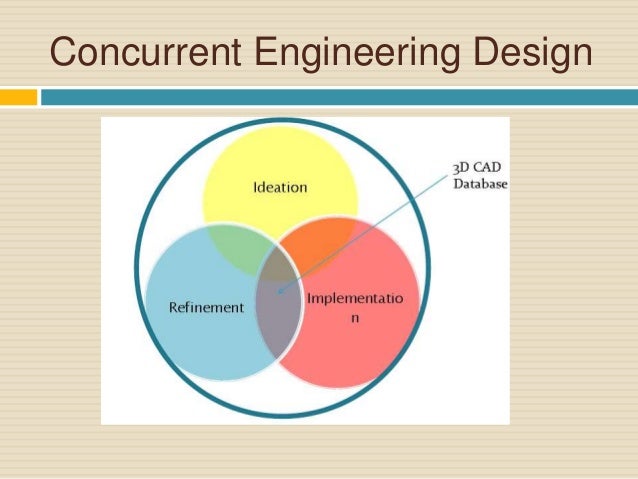Concurrent Design Process
Rapid prototyping is the process by which a model of the final product can quickly be made, while concurrent design is when companies or teams are working on multiple aspects of the same design at. E III Design Processes Learn with flashcards, games, and more — for free. Concurrent design process 10 may be configured to allow for a multi-user, at least partially concurrent, electronic circuit design session. The phrase “at least partially concurrent” as used herein may indicate that multiple users may be operating on a design during a same time frame.
A Five-Step Process Because the EiE Project serves young children, we’ve created a simple Engineering Design Process (EDP) to guide students through our engineering design challenges. This EDP has just five steps and uses terms children can understand.
ASK: What is the problem? How have others approached it?
What are your constraints? IMAGINE: What are some solutions? Brainstorm ideas.


Choose the best one. PLAN: Draw a diagram.

Make lists of materials you will need. CREATE: Follow your plan and create something.
Concurrent Design Process
IMPROVE: What works? What doesn't? What could work better? Modify your design to make it better.
It’s important to note that the EDP is flexible. There are as many variations of the model as there are engineers. With EiE, students work through all five steps, but in real life, engineers often work on just one or two steps, then pass their work to another team. Note that the EDP is a cycle —there’s no official start or end point. You can begin at any step, focus on just one step, move back and forth between steps, or repeat the cycle. For example, after you improve your design once, you may want to begin all over again to refine your technology.
Concurrent Engineering Process
You can use the EDP again and again! Take a moment to watch one of our EiE Spolight videos about the EDP. Visit our for more videos and other useful video resources.